I’ve often thought there are many parallels between dairy and pig farmers. Maybe it’s a west Cork thing where the two went hand in hand for so long, probably up until research showed there was more economic opportunities to be had from processing whey rather than sending it back home to be fed to pigs.
The dairy sector seems to follow similar trends too, and that has become a little more magnified since milk quotas were removed in 2015.
Dairy farmers now find themselves in a similar place to pig farmers in the late 1990s and early 2000s, and on a number of fronts. Looking for visas for non-EU employees was one area pig farmers were working on at the turn of the century.
The EU expansion in 2004 solved the need for that during the heady days of the Celtic Tiger peak, as new EU citizens came to Ireland to work.
After the economic crash in 2008, there was work in agriculture for those who wanted it, and as the economy improved it became more difficult to retain labour in the sector.
Now agriculture finds itself among a number of sectors in the economy that struggle to attract labour, even when the EU, with 27 member states, has a population in the region of 447 million people.
Topping the list of similarities is the decision to contract existing production or spend money to stay at pre-2023 levels.
Dairy farmers have a choice of reducing cow numbers on their existing holding or spending money to rent land in order to remain at the same level of production.
Pig farmers were faced with similar choices, but animal welfare changes were the catalyst for those changes.
Driver
Nitrates banding is the driver for dairy farmers. The fact that the pig sector is smaller, under 600 producers since the mid-1990s, meant pig producers rarely created collateral damage to other farm enterprises. The same can’t be said of dairy, since nitrates banding entered with a bang.
It has become very difficult for tillage farmers to compete this year for new leases, and if this spring is anything to go by what will things be like if the nitrates derogation drops to 220kg nitrogen per hectare or if it follows the rest of Europe and goes below this?
The combination of milk prices beyond any milk suppliers’ wildest dreams in 2022 with the introduction of nitrates banding seems to have had a bigger short-term impact than the removal of milk quotas.
New quota
Land is firmly the new quota for now but I suspect labour will be hot on its heels.
The combined issues of lack of successors and farms not of a scale to support two incomes are topics that are sure to be floated every now and then in co-op boardrooms.
They’re not insurmountable issues by any means but they will begin to impact a little more given the wider labour availability within agriculture, and should inform our thinking on research and development over the next few decades.
You have to remember that the generation who began farming in the decade following Ireland’s admission to the EU were the backbone of Irish agriculture as it developed in the intervening 50 years and in many cases, they still form an important part of the workforce on many family farms. What’s the plan when they aren’t in a position to step in?




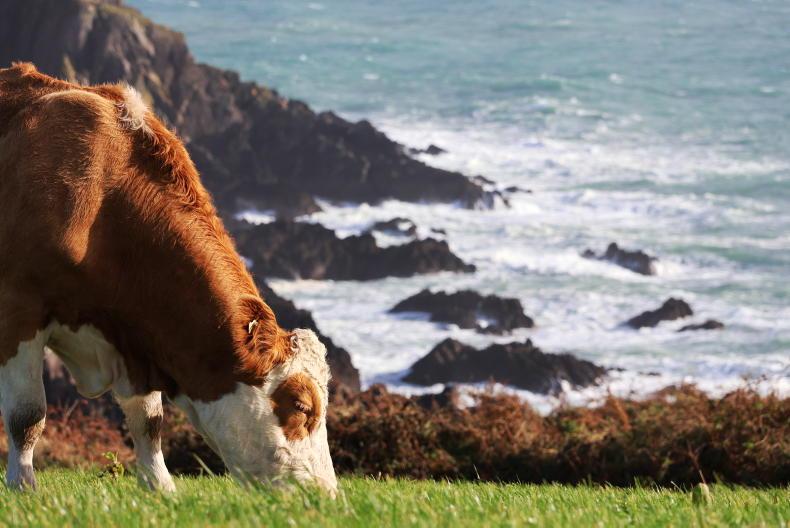
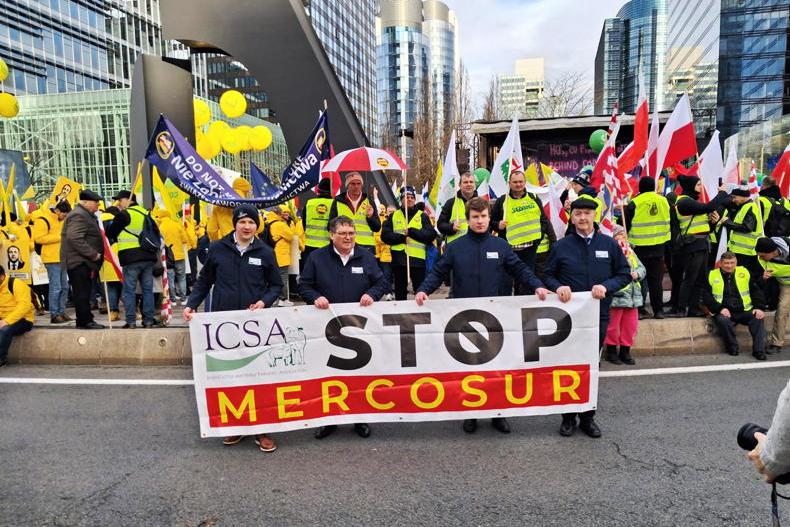
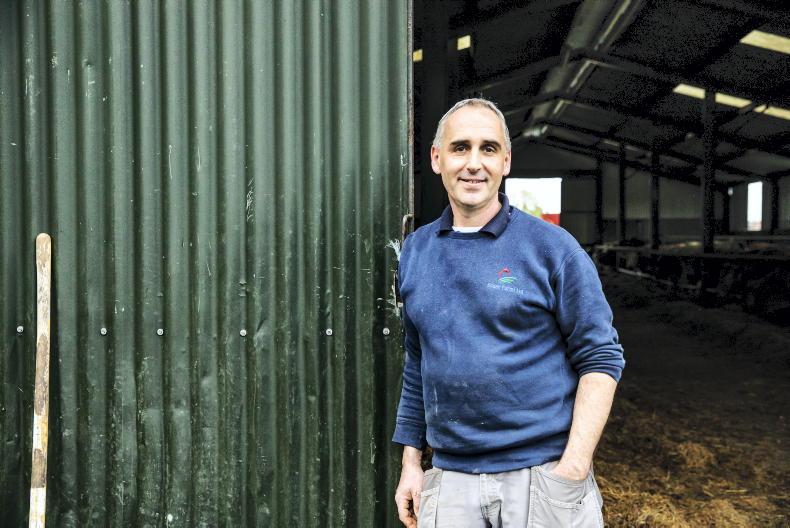
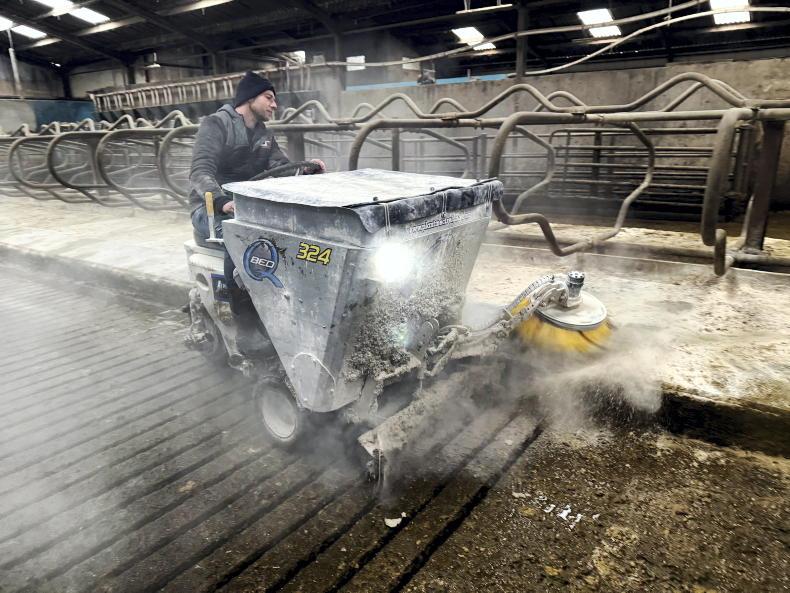
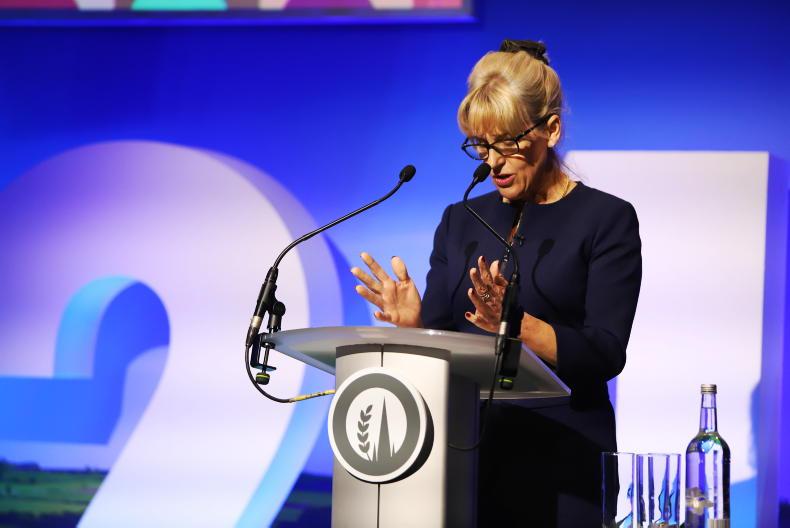
SHARING OPTIONS